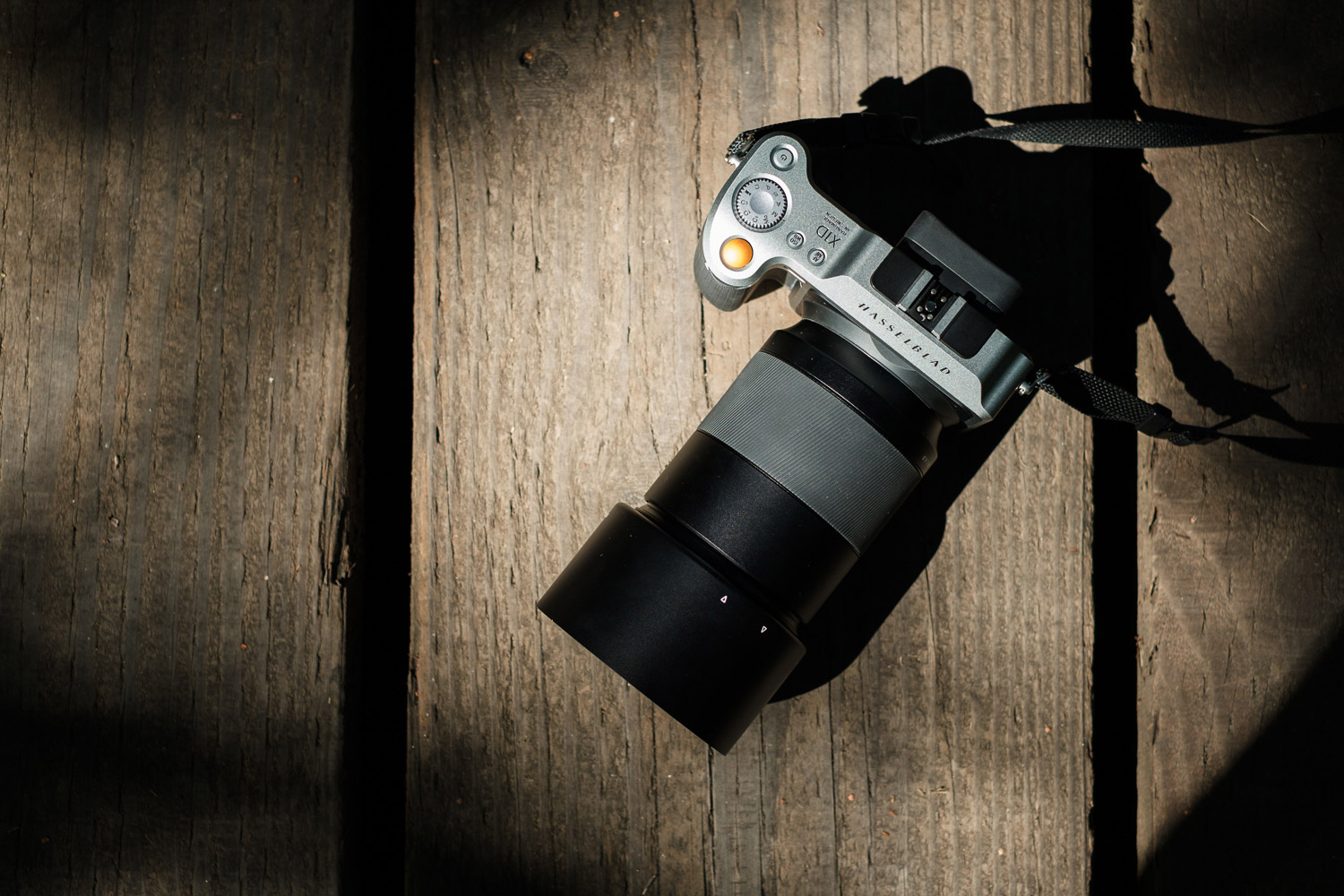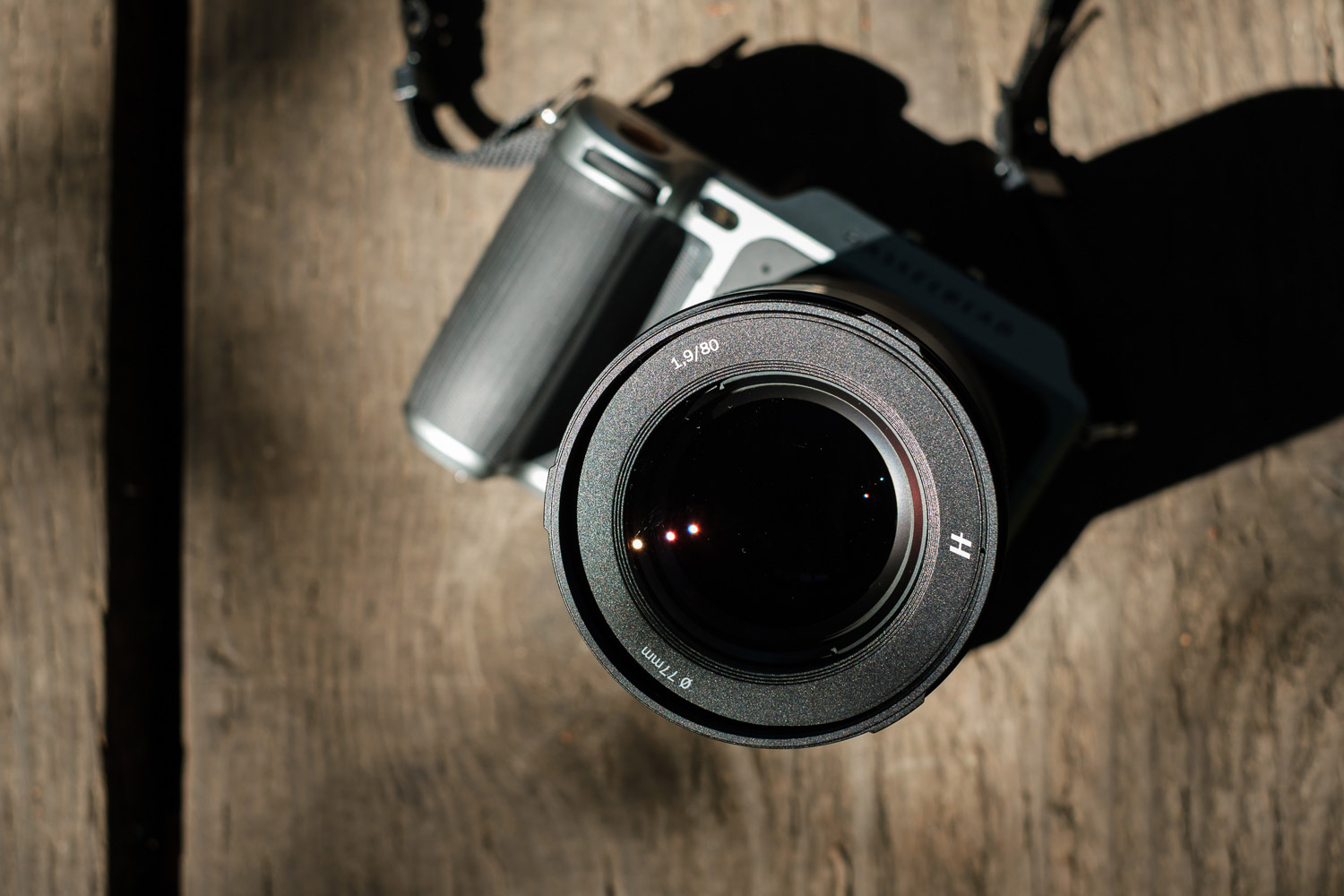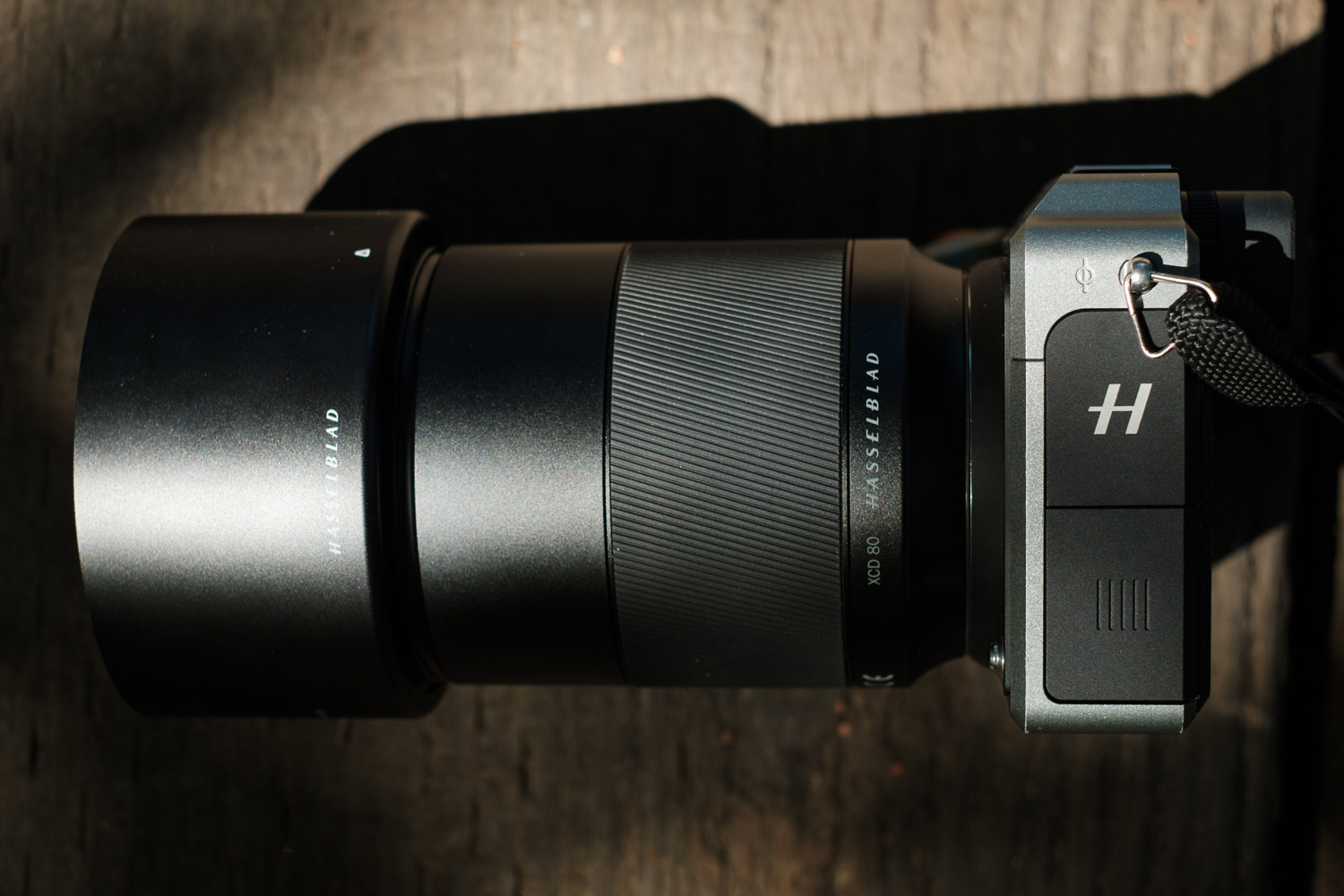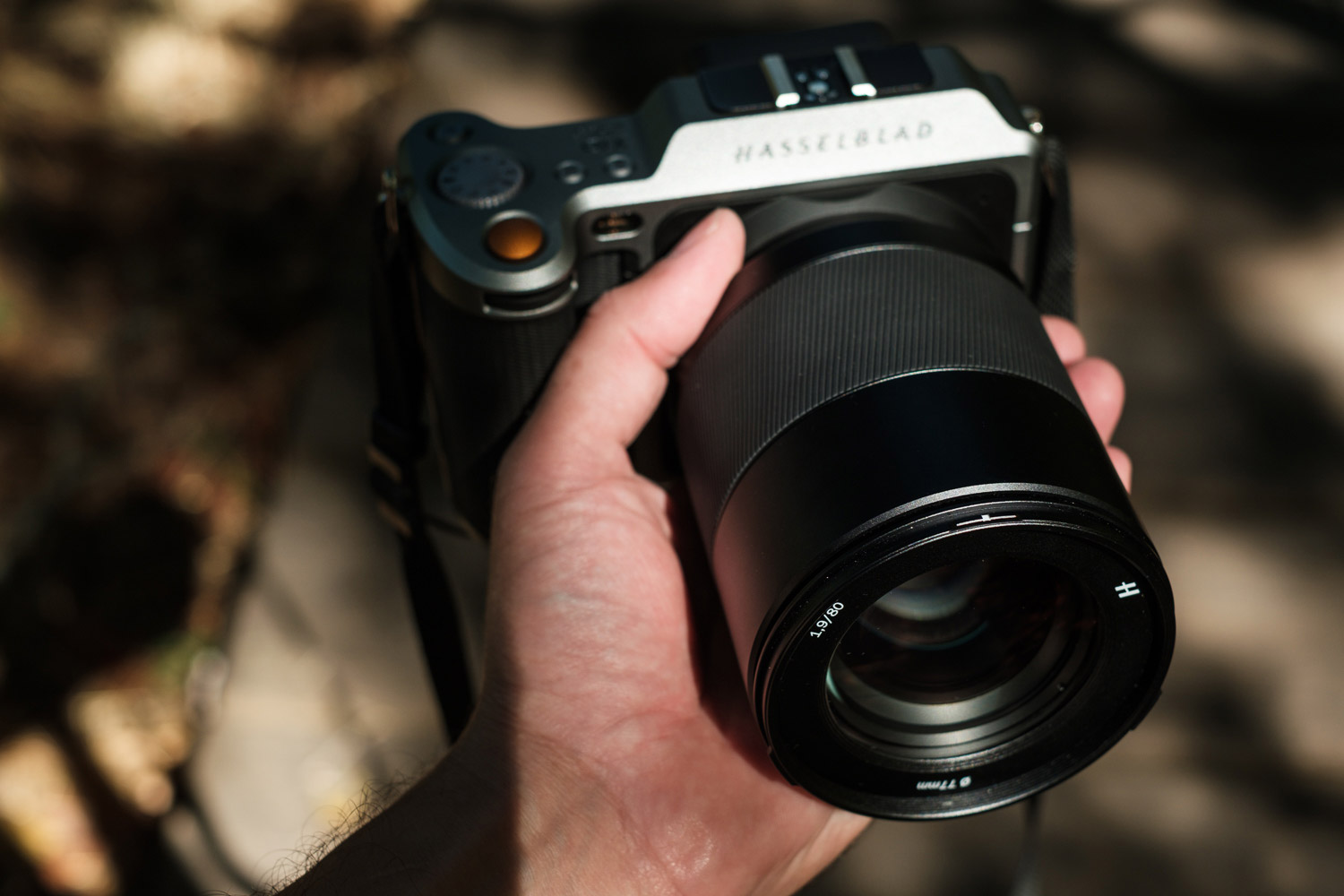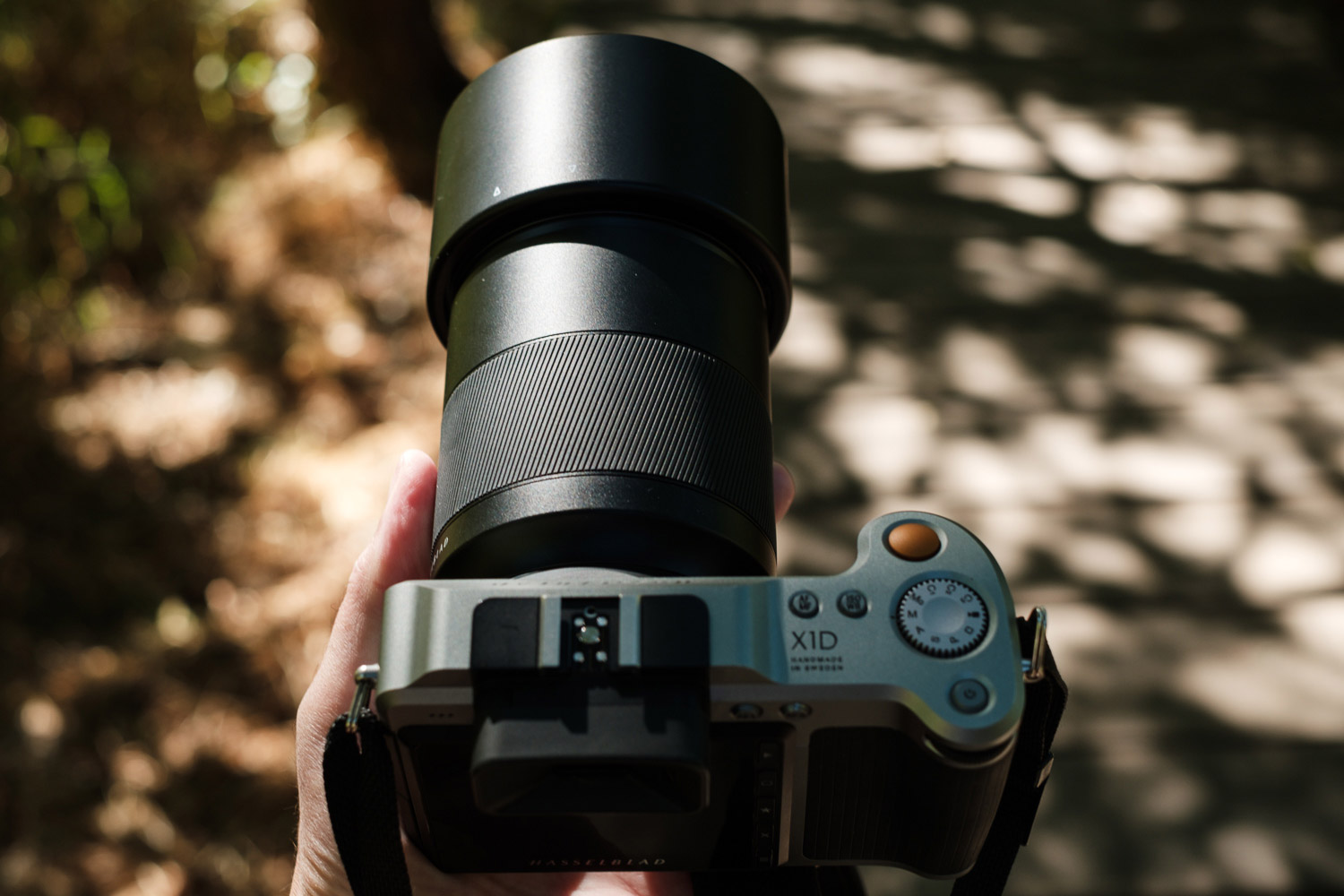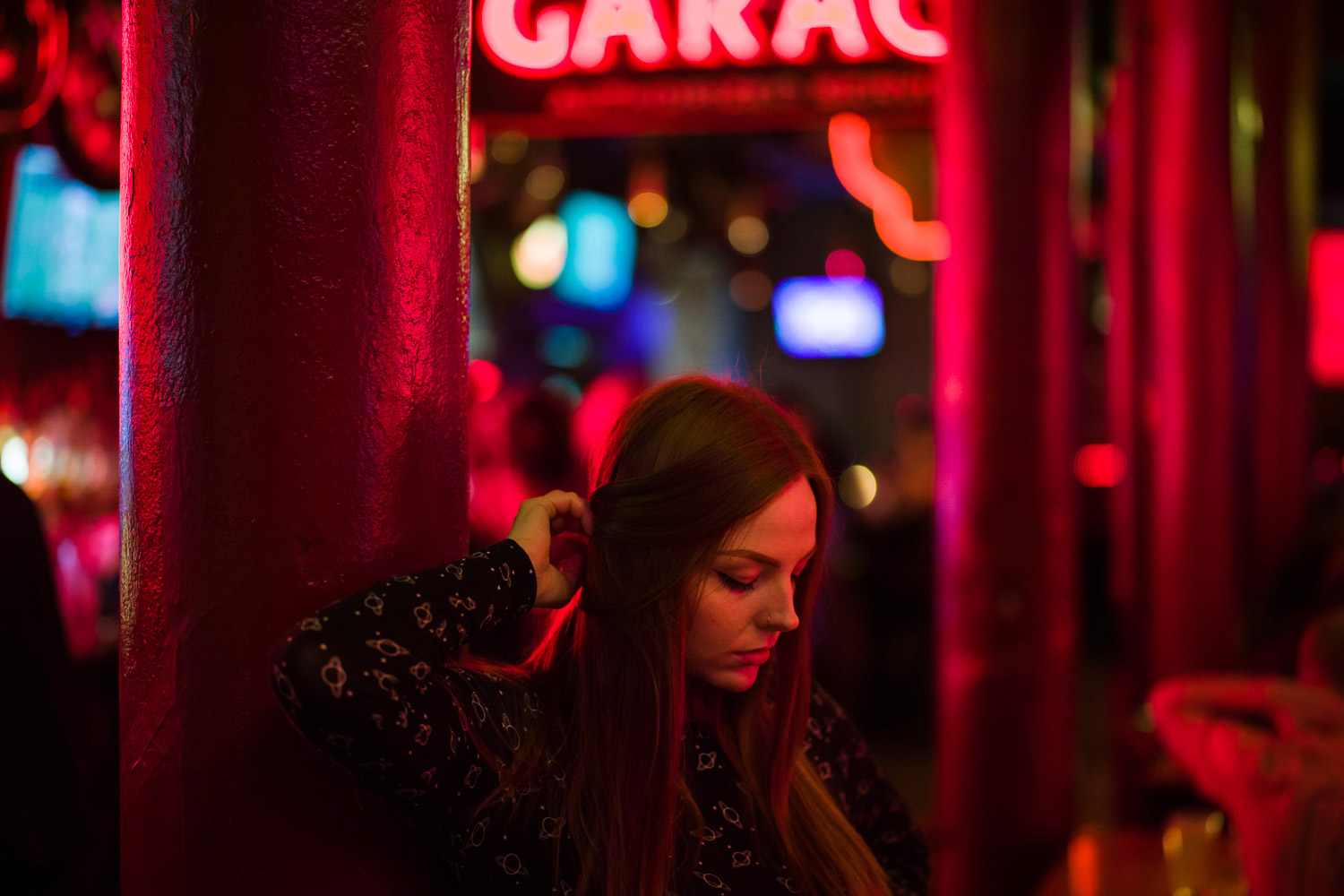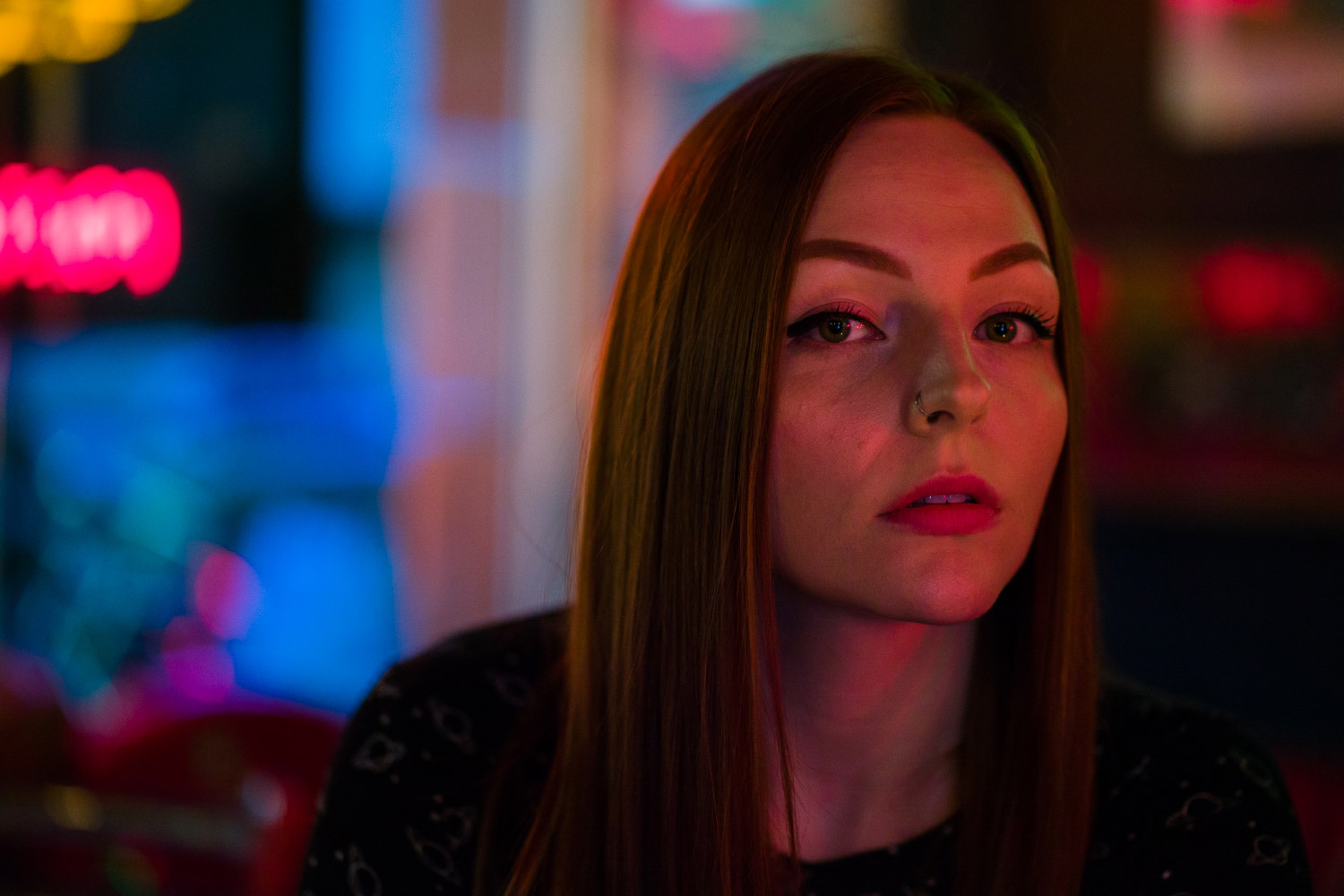The XCD 80mm f/1.9 (styled as XCD 1.9/80) is the fastest lens Hasselblad has ever made. The $4,845 prime greatly expands the capabilities of the X1D-50c mirrorless camera, giving users a better choice for portraiture and low-light shooting. Although we knew from Hasselblad’s public roadmap that the lens was coming for some time, the details of its construction — including the aperture size — were kept secret until its official announcement. Digital Trends had a brief hands-on time with the new lens prior to release, and while this isn’t a full review, we are very impressed with its performance so far.
Hasselblad is in a tricky spot with the X1D, as it is trying to give customers both a large sensor and a compact overall system. This puts limits on lens design that don’t make it easy to incorporate very fast apertures, as doing so results in larger, heavier lenses. Fortunately, the XCD 80mm f/1.9 doesn’t suffer too much in this department. The filter thread is a standard 77mm. Weight is 2.3 pounds — certainly not light, but also not anything crazy — and length is 4.4 inches, keeping it in the ballpark of other XCD lenses.
Crammed into that space are 14 elements in 9 groups, a rather complex optical formula for such a focal length. It has a minimum focusing distance of just 2.2 feet, which should be useful for everything from headshots to product photography.
X1D photographers who purchase the new lens will also want to make sure they are running the latest firmware for maximum compatibility, which was released in January 2019. That’s version 1.22 for the camera and version 0.5.33 for the lens (this also applies to the XCD 135mm f/2.8 and 65mm f/2.8 that were announced alongside the 80mm). The firmware can be downloaded from the My Hasselblad portal on Hasselblad’s website.
Fast, sharp, and smooth
Until now, the widest aperture in the X System lineup was f/3.2, found in the XCD 90mm. To be fair, f/3.2 on the X1D’s big medium-format sensor is equivalent to about f/2.5 on full frame, so it’s not exactly slow — but the new 80mm is over a stop faster. This allows for a very shallow depth of field to separate your subject from the environment. And even though the focal length (63mm full-frame equivalent) may seem a bit short, this is a very good lens for portraiture.
From our very first test image, we could tell that Hasselblad had worked some magic into this lens. It is beautifully crisp wide open, resolving fine detail perfectly. Whether strictly through optical design or very impressive digital correction, there is no chromatic aberration on the focus plane. It is also tack sharp across the entire frame. It is very rare to see a lens resolve detail this well at such a wide aperture, and where we have seen it — as with the Sigma 105mm F1.4 Art — it’s usually the result of a much larger lens engineered without the same size restrictions.
That it’s fast and sharp is probably all X1D photographers really need to know, but it doesn’t stop there. Subjectively, the XCD 80mm is just gorgeous. It renders very smooth blur circles so that defocused areas look natural and soft, leaving your attention on the subject rather than a distracting bokeh pattern. Whether you’re taking in the image as a whole or punching in to check detail at 100-percent, this lens performs more than admirably.
There is some vignetting, particularly at f/1.9, but it hardly holds the lens back. In fact, we like the look for portraiture, but as always, it’s easy to correct the vignette in post if you don’t like it.
The X system grows up
It’s been just two years since Hasselblad redefined what a medium-format camera can be with the mirrorless X1D-50c, and with the addition of the 80mm and other lenses announced alongside it, the X System now has eight primes covering a broad focal length range. Add to this the ultra-wide XCD 21mm f/4 announced in May, and Hasselblad has released four new lenses just this year. The X System is much more mature today than when we first reviewed the X1D a year ago, and we’re impressed by how quickly Hasselblad has grown it.
Of course, the camera itself still leaves some things to be desired. Hasselblad advertises the twin motor drive in the new 80mm as providing “quick autofocus performance,” but the reality is that nothing is very quick on the X1D’s contrast-detection-only system. Even as new lenses help expand the appeal of the X System, photographers accustomed to the speed of a Sony or a Nikon may be hesitant to invest. (On the plus side, while it was slow, the 80mm was at least capable of focusing accurately in a dimly lit scene during our test. Obviously, performance is faster with more light.)
Still, the X1D remains a methodical camera for methodical photographers, and the XCD 80mm opens it up to new situations. In our opinion, a fast aperture lens like this was exactly what Hasselblad needed to make the X System feel complete; that it arrived on the same day as two other lenses is an unexpected, and very welcome, bonus.
Hasselblad released a firmware update for the X1D-50c camera on January 24, 2019 that added official compatibility for the 80mm f/1.9 lens. This article has been updated accordingly.

